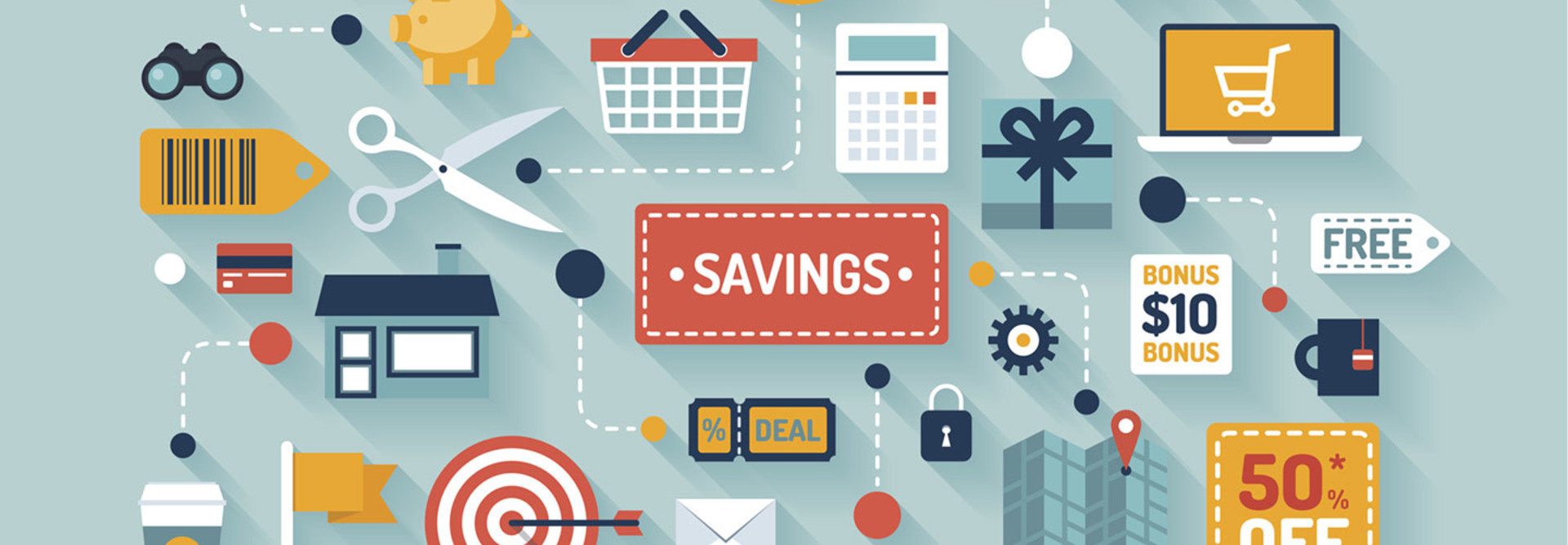Changing the Technology Infrastructure For Retailers
Recent advances in technology have left many smaller retailers playing technological catch-up. Many businesses are looking to cut costs, but are unsure of how to invest efficiently in a new IT infrastructure. This technology is the central nervous system of all major retailers, and getting it right can yield significant competitive advantages.
An effective point-of-sale (POS) system is a key element of any retail IT environment. POS systems bring a store’s staff in contact with customers as they make their purchases. If this transaction is positive, the customer generally leaves the store with a good impression. This makes it important for a retailer to invest in a user-friendly POS system that an associate can navigate simply, promptly and effectively. Additionally, if an associate is comfortable with the system, he or she is less stressed, which allows for more natural and friendly customer interactions, not to mention shorter lines at checkout.
Indeed, fueled by an effective POS, a store’s technology infrastructure can make or break a customer visit, leading to greater sales and successful customer retention.
To support POS and other systems -- such as customer-service kiosks and inventory management systems -- throughout a store, retailers must deploy a robust wireless network. Many retailers also offer guest wireless Internet access to customers. In doing so, they must be careful to prevent guest usage from affecting store systems. Further, to prevent serious security breaches, they must keep guest network traffic separate from traffic for store systems.
A powerful in-store IT infrastructure also is necessary to support machine-to-machine solutions that capture data for analysis and offer advanced management capabilities for store systems. These systems can control costs, expand revenues, improve inventory management and increase customer loyalty.
Software is another essential element of any retailer’s IT infrastructure. Stores generally rely on software designed specifically for the retail environment, including programs for campaign management, product placement (such as research data and planograms) and composite risk management. These allow upper management to tailor a store’s operations specifically to meet customer needs. And with clear communication via universal software, local managers are able to get all their stores in line more quickly.
“Nightly batch downloads and uploads prohibit the future of data-driven retailing,” says Jon Stine, the global director of retail sales for Intel. “The brands that stream transaction data on a regular – or real-time – basis will be the ones in a position to lead.”
Two of the most important software assets are forecasting and inventory management programs. Forecasting allows stores to get accurate predictions of sales trends. By knowing what products are selling well, retailers can make smarter inventory decisions, eliminating unpopular items from inventories and increasing profit by matching customer demand. By managing inventory more effectively, retailers can improve the use of often limited stockroom space.
Brice James, a co- manager of Wal-Mart store #1181 in Marietta, Ohio, works on the frontlines of this new area of technological implementation. Running a large store requires James to rely on software. “Without this technology, it would be impossible to run an operation this big,” he says.
Of course, the options are vast in terms of software. The question then becomes, how can a retailer receive optimum value for its investment?
“It’s a software question, but even more so, it’s a data availability question,” says Stine. “That’s the core strategic issue. In this new app-centric world, is your data both clean and available across the enterprise?”
Many companies are investing heavily in mobile applications. Users are accustomed to downloading apps to their smartphones and tablets. Retailers can similarly take advantage of mobile apps that allow information to be shared over multiple screens across a physical retail space. Members of a retail sales staff can use these apps to quickly interpret information from multiple parts of a store and translate this information for the customer.
This customer-first approach is based on the overall quality of the enterprise infrastructure. Poor choice of an infrastructure package could reduce the efficiency of sales associates and lead to ineffective management as well. Further, customers can become unhappy if retail staff members have trouble finding the correct prices for items of if the products they want to buy are frequently out of stock.
A software package that effectively forecasts sales trends and intelligently manages inventory can minimize the likelihood of such problems. By investing in a proven infrastructure, many of the common customer complaints will be minimized, thus boosting customer satisfaction and sales.
An enterprise with an infrastructure powerful enough to deliver real-time information allows retailers to take full advantage of their IT tools.
Top four reasons customers dislike in-store shopping:
- Cashier not available
- Checkout process is inefficient or inaccurate
- Discounts or credits not processed quickly
- Cashier tries to sell customer more products

Tyler Olson/ThinkStock









